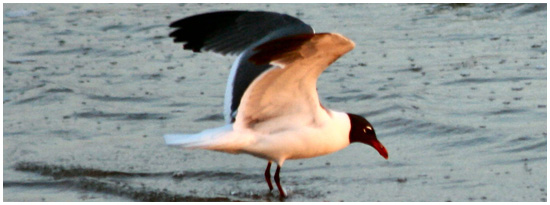What is the NSS, what we do, and what we have achieved.
History
A Brief History of the NSS.
NSS Directory
NSS Executive Committe and SubGroup Chairperson.
NSS Constitution
Updated on Nov 2009.
|
|
||||
|
JUMP TO
Overview
What is the NSS, what we do, and what we have achieved. History
NSS Constitution |

 The Nature Society (Singapore) ('NSS') is the 'mother' of the energetic and highly diversified nature conservation scene that we see in Singapore today.
The Nature Society (Singapore) ('NSS') is the 'mother' of the energetic and highly diversified nature conservation scene that we see in Singapore today.
NSS is one of Singapore's oldest non-government organisations (NGOs). For over half a century, the NSS was the lone voice speaking for Singapore's natural heritage treasures - a foundation pillar supporting civil society in Singapore. The Society boasts a proud record of widely inclusive membership drawn from the ranks of ordinary people, as well as experts - laymen, amateur naturalists, professional biologists, administrators, businessmen, government servants and politicians, local-born and expatriate, they have all played their part in voluntary cooperative action within NSS, aimed at protecting Singapore's unique natural environment. The Society's roots can be traced back at least to 1921, when its predecessor, the Singapore Natural History Society (SNHS), was formed to develop 'friendly intercourse between local naturalists and the increase and diffusion of knowledge concerning natural history.' By 1922, the SNHS had 66 members. It produced the Singapore Naturalist publication up to 1928 but then faded away. In 1940, the Malayan Nature Society ('MNS') was formed, in colonial 'Malaya', based in today's Malaysia. After World War II, in 1948, this society's first Annual General Meeting recorded 400 members. ( The MNS still flourishes today as the Malaysian Nature Society). The Singapore section of MNS was established in 1954 as the Malayan Nature Society (Singapore Branch). Singapore-based naturalists felt strong common cause with their Malaysian counterparts and so were not as inclined as politicians to separate from Malaysia in 1965. Hence the Singapore Branch of MNS, its administration still centralised in the Malaysian capital, Kuala Lumpur, persisted as late as 1991. In 1991, however, the Singapore Branch at last separated from MNS, amicably and by mutual consent, to form the independent Nature Society (Singapore) in 1992. The NSS has evolved in tandem with Singapore society, responding to Singaporeans' increasing levels of education, affluence and internationalisation, and to the increasing pressures exerted on Singapore's natural environment by escalating physical development and economic prosperity from the 1970s onwards. The Society began life as a simple amateur naturalists' research and rambling club seeking 'innocent pleasure'. It was dominated by expatriate British colonials and scientists. Today's membership of some 1,500 is about 80 per cent local-born. But by the late 1970s the NSS had become a more vigorous and vocal campaigner for nature conservation. However, research and education have always remained important facets of NSS' work. A milestone for the Society was the S$675,000 purchase of its own premises at 'The Sunflower' building in Geylang Road, in 2000, funded by members' fundraising and generous major donations from Lady Y.P. McNeice and Singapore Pools. The Society has also engaged in productive alliances with government, business, and civil society. Joint projects with the government's National Parks Board (NParks) and its recently formed Biodiversity Centre have included major projects such as the 1994 -1997 flora and fauna survey of Singapore's nature reserves, and participation in the framing of the national Green Plan 2012. Not all battles have been won, but each one has raised the collective consciousness of Singaporeans. Causes adopted and fought to a successful conclusion by NSS, often in collaboration with other like-minded local groups, have included:
( back to top )
|
|||